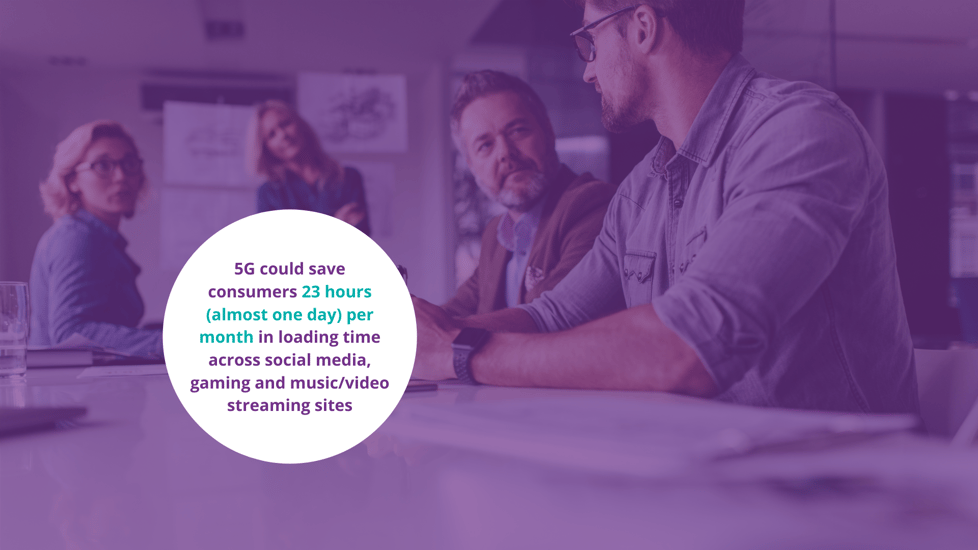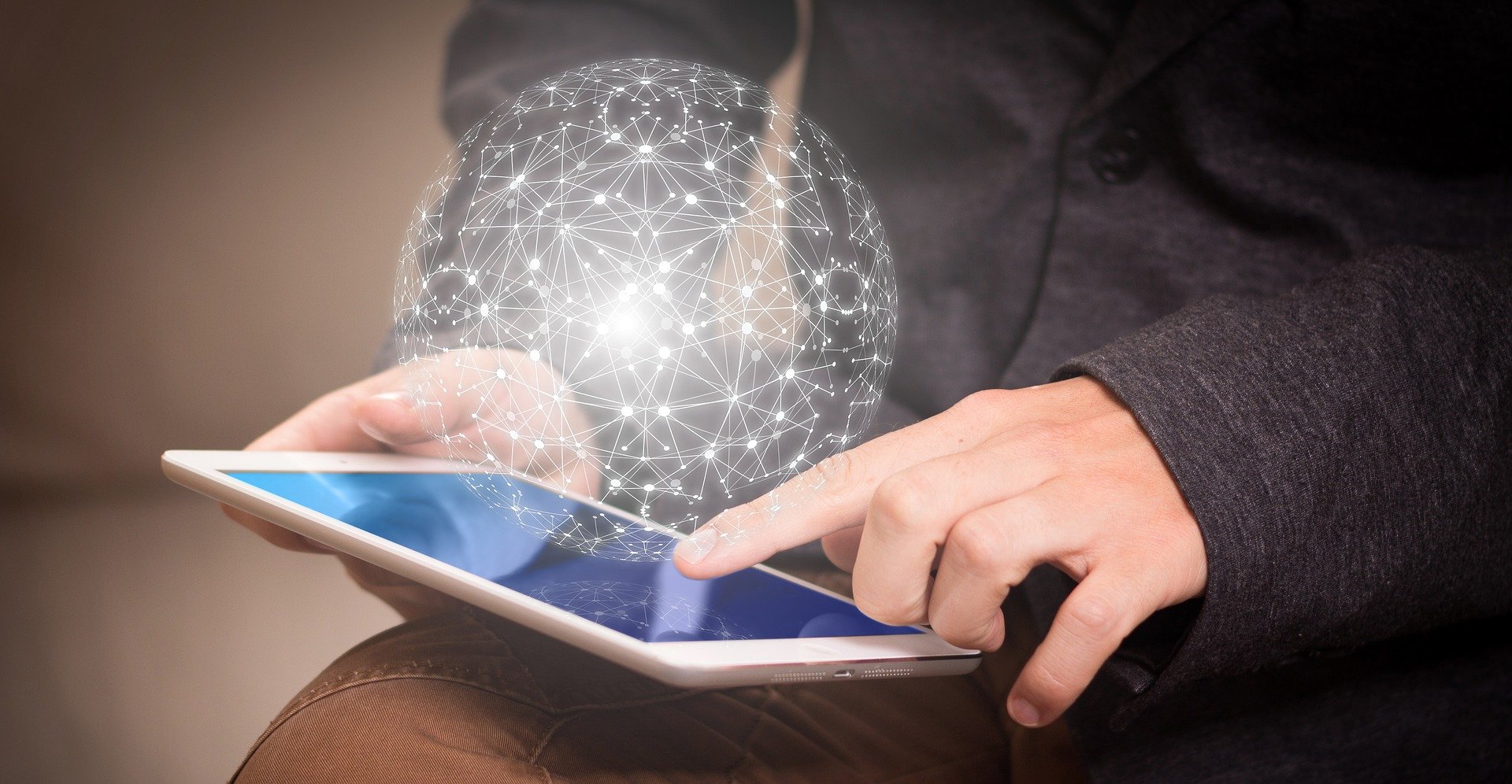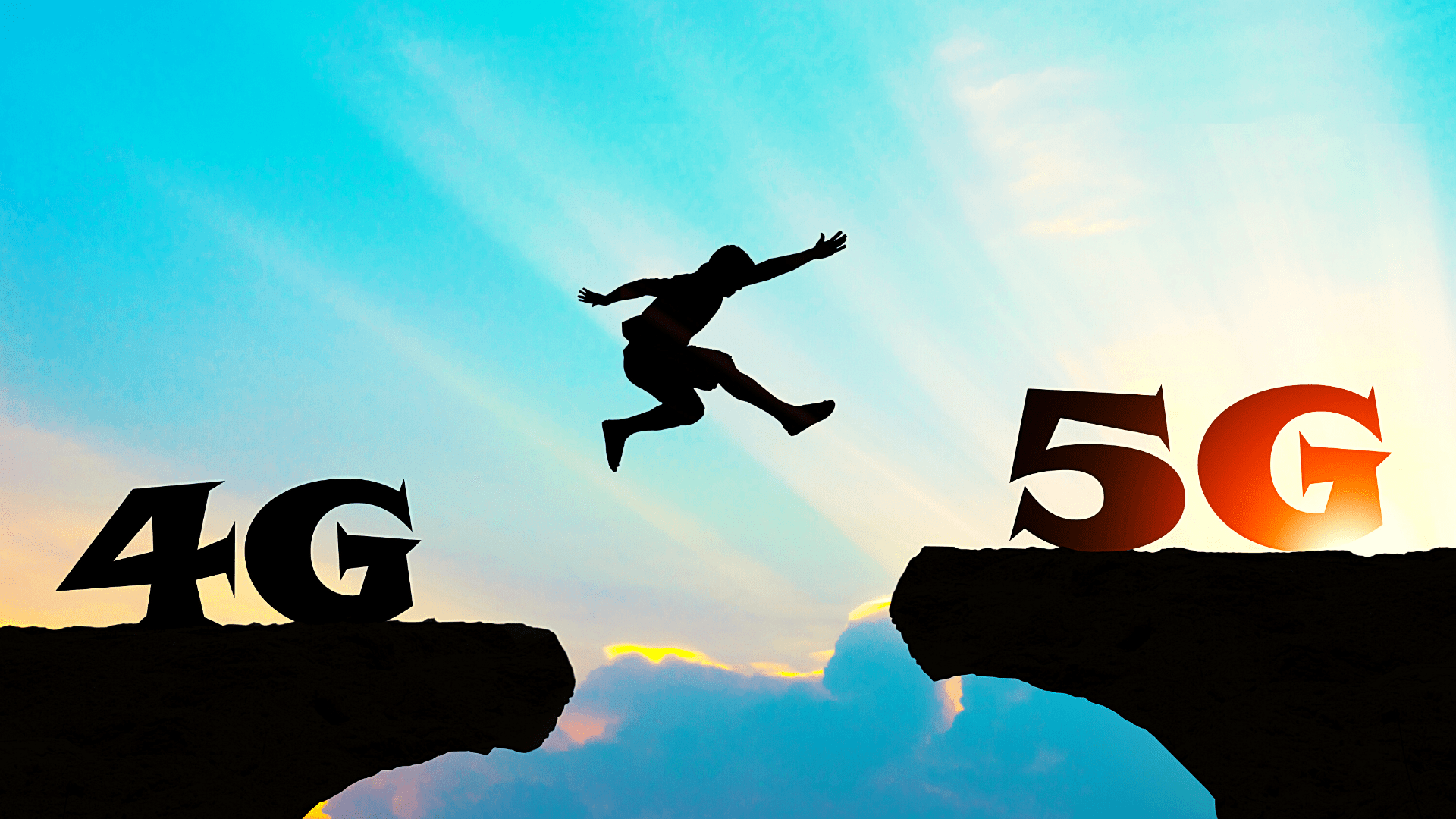The Pros and Cons of 5G [2021]
by Conosco on Dec 22, 2020
![<span id="hs_cos_wrapper_name" class="hs_cos_wrapper hs_cos_wrapper_meta_field hs_cos_wrapper_type_text" style="" data-hs-cos-general-type="meta_field" data-hs-cos-type="text" >The Pros and Cons of 5G [2021]</span>](https://conosco.com/hubfs/Imported_Blog_Media/thom-holmes-J2e34-1CVVs-unsplash.jpg)
Written by Bianca Fani, Comms Account Manager at Conosco
What is 5G?
5G is the fifth generation of cellular network technology. It runs on radio frequencies the same as in our smartphones. However, this ground-breaking technology has significantly improved network connection and is providing new opportunities for more innovative solutions. From connected sensors to autonomous production lines that react to supply and demand, 5G is powering rapid advancement and elevating user experiences. But as with any new technology, many are wondering, what are the 5G network pros and cons?
The evolution of 5G
Gone are the days of playing Snake on our Nokia and being happy with 1GB of data for the entire month. As technology has evolved over the years we have seen multiple generations of data technology emerge. From the basic internet services of 2G to the video and streaming capabilities of 3G, and more recently the faster speeds and online gaming abilities of 4G LTE and now 5G which is hotly anticipated to change the way we work, live and play.
Currently, in its earliest phase of deployment, network carriers have been rolling out limited 5G availability throughout 2020 and are planning wider availability by the end of 2021. Forecasts predict that there will be 1.9 million 5G subscriptions worldwide by 2024.
As business leaders look ahead to the innovation opportunities that 5G will offer, they need to remember that the network is still in its infancy, and whilst there are many advantages, there are also some disadvantages. In this blog, we share the 5G pros and cons.

5G Pros and Cons
5G PROS
There are numerous pros of 5G network including:
- Faster Speeds
- Low Latency
- Increased Capacity
- More Bandwidth
- Powering Innovation
1) Faster Speeds
5G is much faster than previous generation networks, with potential speeds of up to 20 Gbps, it is 100 times faster than that of 4G and 4G LTE. The enhancements 5G brings, means downloading movies in seconds as opposed to minutes. One comparison showed that 5G would save consumers 23 hours (almost one day) per month in loading time across social media, gaming and music/video streaming sites. 5G movie downloads, in particular, were decreased from 7 minutes to just 6 seconds. Once 5G is rolled out in its entirety many consumers and businesses may consider 5G as a strong alternative to broadband connections.
2) Low Latency
Latency refers to the time that passes between an action and a response. For instance, the delay between when someone clicks a link to a webpage and when the browser displays that webpage. 5G networks will have far lower latency than 4G LTE. One trial showed that it could be less than 5 milliseconds. This reduced latency will be able to support new applications, such as IoT (Internet of Things) and artificial intelligence, allowing for real-time connectivity.
3) Increased Capacity
5G will deliver up to 1000x more capacity than 4G across a larger frequency spectrum. It will be able to cope with simultaneous high demand applications and will be able to connect thousands of internet-enabled devices, from phones to sensors and IoT (Internet of Things).
It also means that field-based employees who switch between the office and remote environments can make use of WiFi connectivity and mobile connectivity without it affecting performance or broadband accessibility. Gone are the days of using coffee shops for free Wifi, as even in urban areas there will be enough capacity to continue working seamlessly.
4) More Bandwidth
Increased bandwidth means more versatility and possibilities to achieve far more in less time. This supports both a faster connection and more devices and means that within a given network, more people can connect to the internet
Remember the pub, where people gather to watch football on the big screen whilst simultaneously streaming the golf, and other ‘very important’ games on their phones. Airports, remember those? Waiting in a queue whilst your boarding pass struggles to download. With 5G we won’t have to worry about fighting for data. With more bandwidth available we’ll be able to do more with our devices.
5) Powering Innovation
Whereas 4G was primarily focused on mobile phones, with 5G’s low latency and high capacity it makes it ideal for connecting a whole range of different devices, or ‘things’, such as drones and sensors in a product or machine. Industries such as healthcare, retail, manufacturing and entertainment will see huge technological advancement. With 5G powering the adoption of IoT, businesses will be more connected than ever before. For example:
In the manufacturing sector: 42% of unplanned downtime is due to equipment failure. Connected factories will enable businesses to produce more in less time, therefore meaning a more affordable product for the consumer.
In the retail sector: shops are increasingly shutting down their physical presence and moving online. 5G will enable retailers to build more dynamic websites which will greatly improve the customer experience.
In the automotive sector: advances in 5G and IoT has seen driverless vehicles go from something you would see in a science fiction movie to reality.
In the healthcare sector: the speed and reliability of 5G will see more healthcare businesses transition to the cloud in order to keep sensitive patient data accessible but also secure. This will lead to faster medical services and better patient outcomes. In addition, the advances in AI and robotics powered by 5G could see remote surgeries becoming the norm in the not so distant future.

5G CONS
There are also some cons of 5G that businesses must consider including:
- Limited Global Coverage
- Decreased Broadcast Distance
- Upload Speeds
- Weakened Device Batteries
- Cyber Security
1) Limited Global Coverage
One of the biggest cons of 5G is that it currently offers limited/uneven coverage and is only available in specific locations. With highly populated areas being the key focus for deployment it is likely big cities will be the first to take advantage of 5G, whilst remote areas may not see it for another 5 years. In the UK some of the big business mobile providers such as EE and Vodafone enable you to track coverage.
2) Decreased Broadcast Distance
It’s not just the frequency of 5G that makes the network so fast, it is a combination of frequency and the new technology in the masts. However, 5G will not travel as far from the masts as 4G and objects such as tall buildings and trees will block its high-frequency. Therefore in order to deliver the speed and service expected, numerous 5G towers must be installed for even coverage, this is both expensive and time-consuming. What’s more resistance from nearby residents has delayed the installation of some masts and until this can be resolved it’s possible that we’ll be experiencing a spotty coverage of 5G for some time.
3) Upload Speeds
The download speeds of 5G technology are incredibly high as mentioned in our pros above. However, upload speeds are not often more than 100Mbps. In relation to existing mobile connectivity, however, the upload speeds are higher than existing technology such as 4G LTE.
4) Weakened Device Batteries
When it comes to our smart devices, we always want more. We want them to work faster and the battery to last longer. 5G will be a pretty battery-hungry network. Therefore, manufacturers will have to invest in new battery technology ensuring that mobile devices can operate for a significant period of time on just one charge. Some users have reported 5G not only depletes battery-life but also makes the devices hot.
5) Cyber Security
The rapid expansion of 5G will require a new approach to cyber security. As with any break-through technology, hackers will find ways to exploit vulnerabilities. Many are concerned that with increased connectivity and speed we are making it easier for cyber criminals to gain access to our data and systems. Some security concerns to consider:
- 5G network is managed by software which makes it vulnerable. If a hacker is able to access the software they essentially control the network.
- The expansion in bandwidth creates additional avenues of attack for criminals.
- With more devices connected via IoT (thanks to 5G), it presents a much larger attack surface for cybercriminals. A managed SIEM service or the expertise of a Security Operations Centre will become even more necessary to protect a business’s infrastructure.
Round-up
It’s important to have a good understanding of the 5G network pros and cons if you are to make informed business decisions. It is predicted that 5G will pump $12 trillion into the global economy by 2035 and revolutionise the way we work. But whilst there is plenty to be excited about including faster speeds and further opportunities to digitally transform, businesses must decide whether now is the right time to invest in 5G. The network still has coverage issues, security risks and is not always compatible with devices. Speaking to a technology partner such as Conosco will give your business clarity and guidance about the best network solution for your business.
Our dedicated Business Communications team are passionate about creating tailored solutions that are aligned to your business goals. Get in touch for more information about our services.
You May Also Like
These Related Stories

How to Protect Your Business From a Cyber Security Attack
Written by Hylton Stewart, Head of Security at Conosco Cyber security threats continue to rise, with trends over the las …

Top 7 CIO Concerns for 2021
Written by Amit Dattani, Director of Technology at Conosco At the end of each year, technology leaders look to assess ho …

The Road to 5G
Before my arrival at Conosco, I spent 10 years in the telecoms industry working to manage global telecoms network implem …
